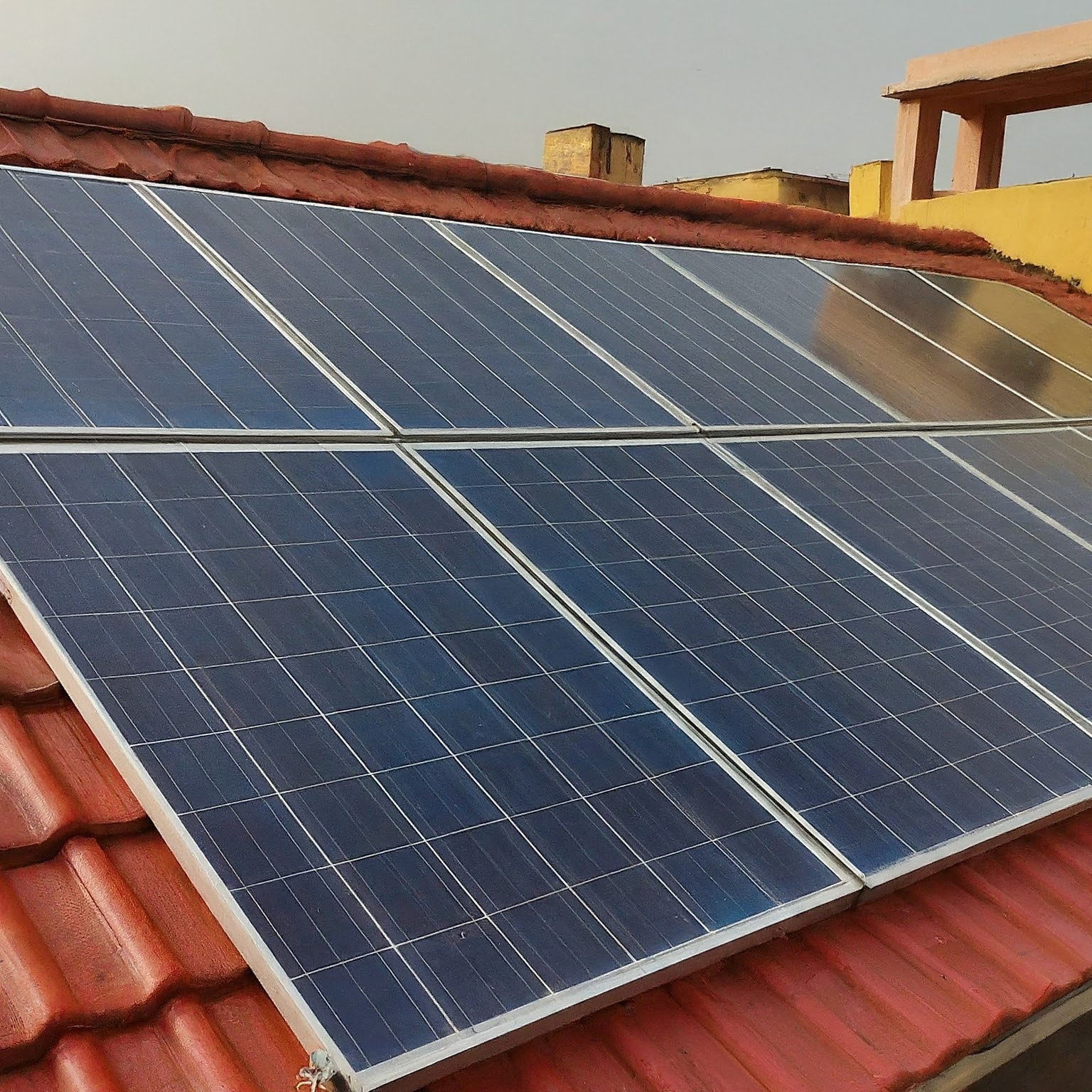India has achieved a historic milestone by surpassing 100 GW of installed solar power capacity, reinforcing its position as a global leader in renewable energy.
India’s solar power sector has witnessed an extraordinary 3450 per cent increase in capacity over the past decade, rising from 2.82 GW in 2014 to 100 GW in 2025. As of January 31, 2025, India’s total solar capacity installed stands at 100.33 GW, with 84.10 GW under implementation and an additional 47.49 GW under tendering. The country’s hybrid and round-the-clock (RTC) renewable energy projects are also advancing rapidly, with 64.67 GW under implementation and tendered, bringing the grand total of solar and hybrid projects to 296.59 GW.
As of January 31, 2025, India’s total solar capacity installed stands at 100.33 GW, with 84.10 GW under implementation and an additional 47.49 GW under tendering.
Solar energy remains the dominant contributor to India’s renewable energy growth, accounting for 47 per cent of the total installed renewable energy capacity. In 2024, record-breaking 24.5 GW of solar capacity was added reflecting a more than two-fold increase in solar installations compared to 2023. Last year also saw the installation of 18.5 GW of utility-scale solar capacity, a nearly 2.8 times increase compared to 2023. Rajasthan, Gujarat, Tamil Nadu, Maharashtra and Madhya Pradesh are among the top-performing states, contributing significantly to India’s total utility-scale solar installations.
Union Minister of New and Renewable Energy, Pralhad Joshi said, “Initiatives like solar panels, solar parks and rooftop solar projects have brought about revolutionary changes. As a result, today India has successfully achieved the target of 100 GW of solar energy production. In the field of green energy, India is not only becoming self-reliant but is also showing the world a new path”.
“Initiatives like solar panels, solar parks and rooftop solar projects have brought about revolutionary changes. As a result, today India has successfully achieved the target of 100 GW of solar energy production. In the field of green energy, India is not only becoming self-reliant but is also showing the world a new path”
Union Minister of New and Renewable Energy, Pralhad Joshi
The rooftop solar sector in India witnessed remarkable growth in 2024, with 4.59 GW of new capacity installed, reflecting a 53 per cent increase compared to 2023. A key driver of this growth has been the PM Surya Ghar: Muft Bijli Yojana, launched in 2024, which is now nearing 9 lakh rooftop solar installations, enabling households across the country to embrace clean energy solutions.
India has also made significant strides in solar manufacturing. In 2014, the country had a limited solar module production capacity of just 2 GW. Over the past decade, this has surged to 60 GW in 2024, establishing India as a global leader in solar manufacturing.
Globally, India is ranked among the top five for its installed solar power capacity, according toa NASDAQ report.
China continues to dominate the solar industry in terms of solar PV installed capacity. The country added 87.4 gigawatts (GW) during 2022, taking its cumulative installed capacity to 392.43 GW thereby dominating 37.5% of the global market.
China continues to dominate the solar industry in terms of solar PV installed capacity. The country added 87.4 gigawatts (GW) during 2022, taking its cumulative installed capacity to 392.43 GW thereby dominating 37.5% of the global market.
The U.S. ranks second globally in terms of cumulative PV installed capacity. The installation of 17 GW of PV in 2022 pushed its cumulative PV installations to 110.1 GW. Last year, PV represented approximately 46 per cent of new the U.S. electric generation capacity, compared to 4 per cent in 2010. The cumulative number stood at 11.03 GW back in 2013. Wood Mackenzie expects “the solar market to triple in size over the next five years, bringing total installed solar capacity to 378 GW by 2028.
Japan and Germany are some of the other nations that are at the forefront of solar power generation.



